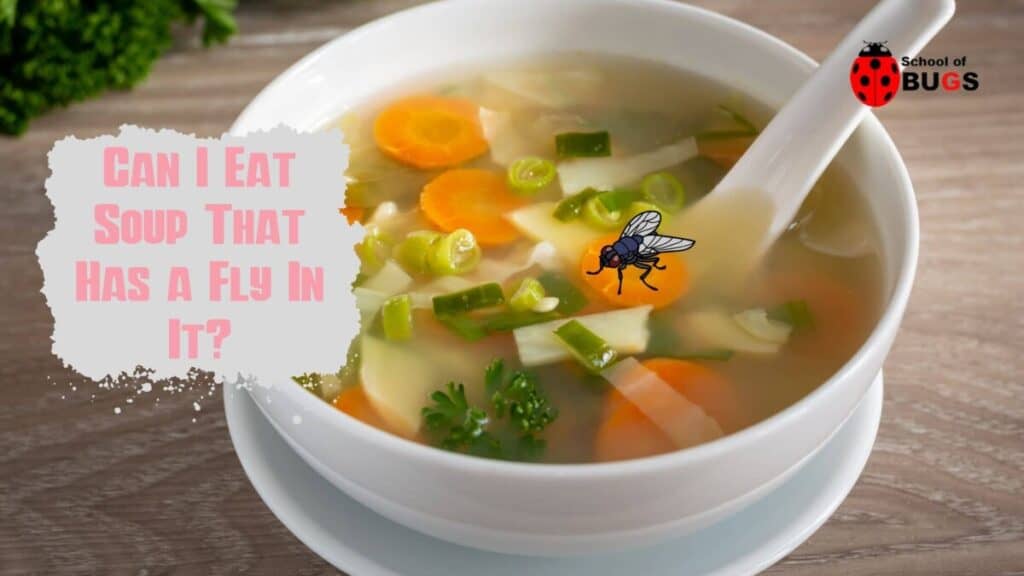
There is nothing worse than getting ready to sit down and enjoy a nice, piping-hot bowl of soup, only to find that you aren’t the only creature who likes soup!
If a fly lands in your soup, you’ll want the answer to the question: can I eat soup that has a fly in it?
While it is possible to get viruses, bacteria, or parasitic infections from ingesting a fly, the likelihood that someone will suffer from eating soup that a fly has fallen into is very low. It is not a large health risk to remove a fly from the soup and continue eating it.
In this article we will explore the following topics:
- The possible dangers of eating soup that has a fly in it.
- The reasons why eating soup with a fly in it is okay.
- How to get the fly out of your soup.
The Dangers of Eating Soup With A Fly In It
Not only is it unpleasant and a great way to lose your appetite, but finding a fly in your soup can lead you to believe that eating your meal might lead to some health problems for you.

After all, you don’t know where the fly has been! How dangerous is it to eat a fly or something a fly has touched? The dangers of eating soup with a fly in it are listed below:
- Your Food Could Be Contaminated
- You Could Swallow the Fly
- The Fly Could Carry Parasites
Let’s take a closer look at each of these risks!
1. Your Food Could Be Contaminated
The main source of contamination you might have to worry about from a fly coming into contact with your soup is food poisoning. Food poisoning refers to any toxin or bacteria in food which, when ingested, causes symptoms like diarrhea and vomiting.
According to the United States Center for Disease Control and Prevention, more than 40 million people are made ill by food poisoning.
Not only that, but over one hundred thousand of these have to go to the hospital, and around 3,000 die because of poisoned food.
All of that sounds pretty bad, but how much food poisoning do you actually have to worry about from a fly?
Truthfully, it isn’t the actual fly that is the problem: it is the germs they carry around on their tiny bodies. When those bodies come into contact with food, especially liquid like soup or a drink, those germs can be transferred into anyone who drinks the liquid.

Flies can carry over 60 types of diseases through germs. These include, but are not limited to, old and horrifying diseases such as leprosy or typhoid fever, but also dysentery, anthrax, tuberculosis, and even cholera.
When a fly lands on something, or worse, is submerged and left in a liquid, that liquid can carry the germs that the fly has been in contact with. If you, in turn, ingest the liquid, there is a good chance that those germs entered your body!
2. You Could Swallow the Fly
The second potential danger in deciding to swallow soup that has a fly in it may seem obvious: you might accidentally reach for soup and wind up swallowing the fly itself, instead!

This is not only icky and nobody’s the first choice of snack, but it multiplies the risks of the above point. If there is anywhere in your soup where germs are concentrated, it will be on the physical body of the fly.
3. The Fly Could Carry Parasites
Not only are bacteria and diseases carried by flies, but the fly can also be the carrier for parasites or parasitic infections.
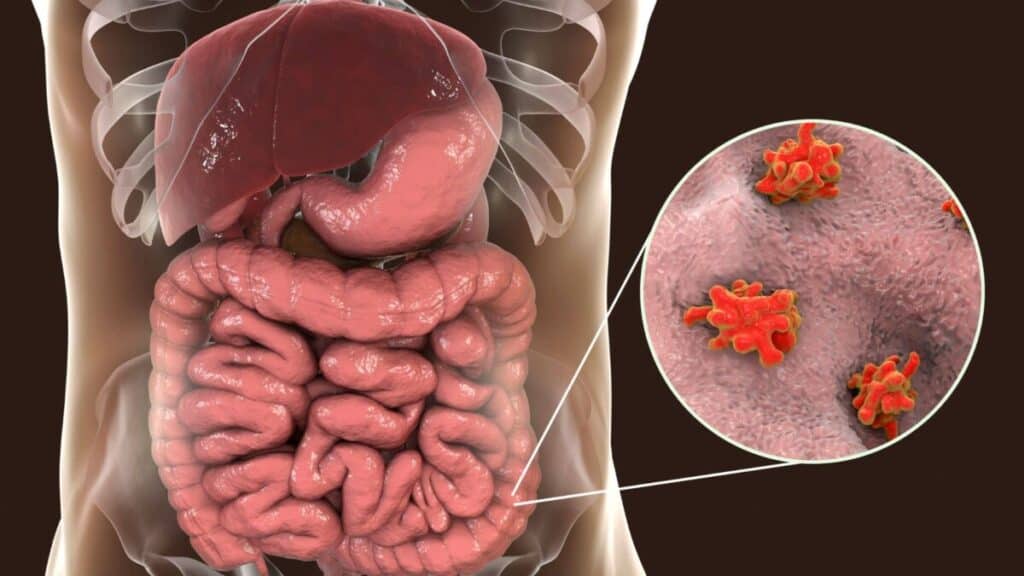
The parasites that a fly carries are as follows, according to Clinical Medical Journals:
- Entamoeba Histolytica – This parasite can cause mild symptoms, such as loose poop, cramps, and stomach pain all relating to dysentery.
- Entamoeba Coli – This type of parasite can cause diarrhea, an excess of gas, and stomach pains. The worst of this can cause dyspepsia or even hyperacidity.
- Hymenolepis Nana – The symptoms related to this type of parasite are mainly weakness, a lack of appetite, stomach pain, and diarrhea, like the rest. However, some kids who get this infection can get headaches and insomnia as a result.
- Teania – Tenia is also known as tapeworm. They can cause trouble in your digestive tract, leading to a lack of desire to eat, pain, and of course, the unpleasantness of having to actually pass the worms in poop.
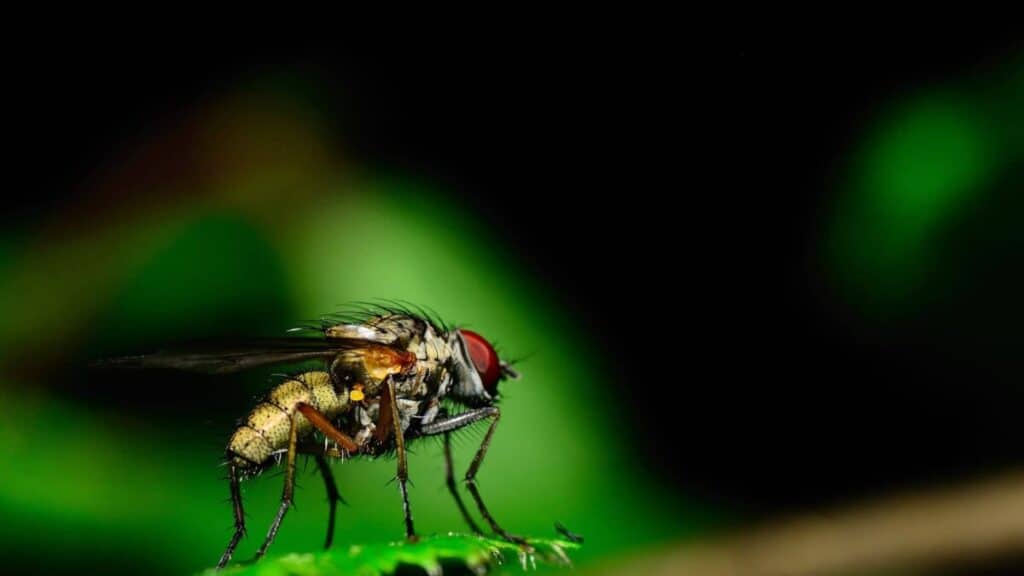
Why Eating Soup With a Fly In It Is Probably Okay
With all of the above reasons for flies in your soup to cause problems, you may be ready to dump your entire bowl of soup out.
However, for all of the trouble that flies can cause on food, it is still probably okay to eat the soup they have come into contact with.
The reasons are as follows:
- Your Body Can Break Down Bacteria
- Your Body Can Digest a Fly
Let’s take a closer look at this pair of reasons and find out why they should ease your mind when it comes to eating anything a fly might have touched!
Your Body Can Break Down Bacteria

One of the most encouraging reasons you may find to go ahead and keep eating that fly-touched soup is found in your own body!
Your immune system is the superpower that enables you to eat most things that a fly can touch.
The common housefly may have the ability to carry plenty of germs and bacteria, but usually this is no match for the antibodies, proteins, cells, and organs your body is made up of.
Think of your immune system like a computer. It is capable not only of scanning and fighting off bacteria like viruses, but also storing a memory of every microbe it comes into contact with so that it can fight the infections off even faster the next time. This is where we get our idea of “immunity.”
Actually, even if the highly unlikely worst-case scenario happens and you do wind up with good poisoning, most of the symptoms are actually just side-effects of your immune system getting rid of harmful bacteria.
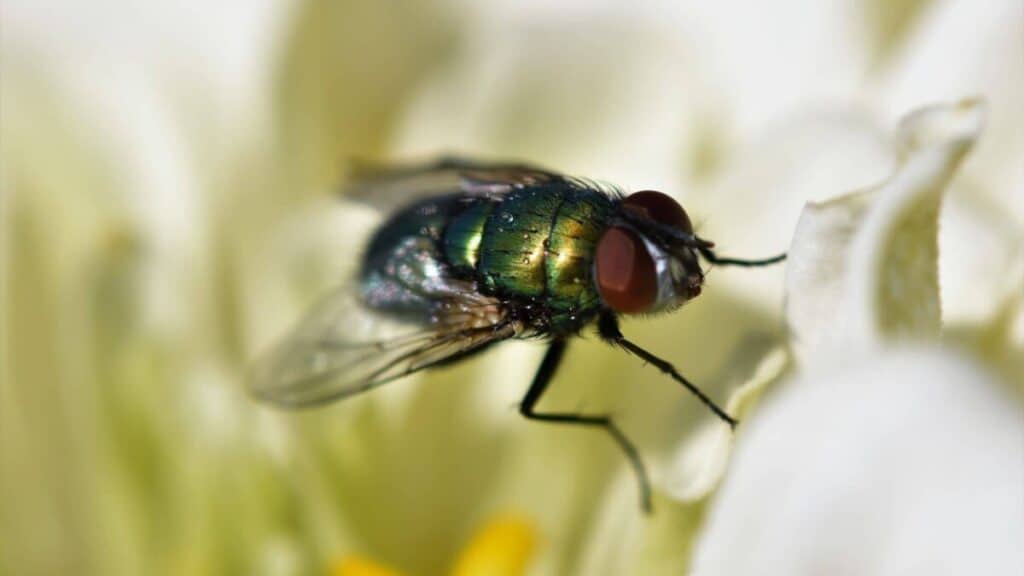
For example, diarrhea and vomiting, though unpleasant, are just the body’s way of flushing out harmful microbes.
So while it is true that a fly in your soup can be contaminating the meal with bacteria, you are not likely to get any kind of serious food poisoning from this one example of contact.
However, if there are multiple flies or if your food has been left out to come into contact with insects for longer than a few minutes, that would be a different story! In that case, it’s a good idea to throw out the whole batch.
Your Body Can Digest a Fly
Just as your body is capable of getting rid of bacteria or stopping illnesses before they start, it is also more than capable of digesting a fly in case you swallow one.
This is important, because the digestive tract can break down not only the body of the fly so that it is not harmful to your health, but it can usually break down any parasites the fly was carrying, too.
The hero in this situation are the enzymes your body produces to help you digest anything you eat. Enzymes are a type of chemical created in and taken from your saliva. They break down the molecules, the building blocks of anything you eat.
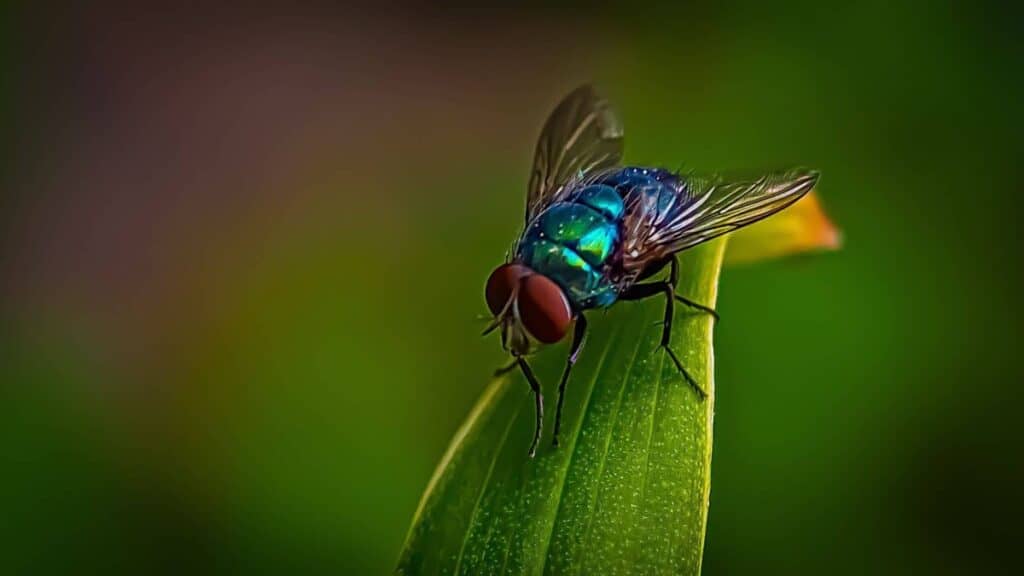
This means that enzymes can bulldoze their way through harmful parasites or weird food like a fly without much trouble.
So although it is true that by eating a fly, you may also be eating the above-mentioned parasites, it is also true that your body can probably turn that into a non-issue with the use of enzymes.
How to Get the Fly Out of Your Soup
So we’ve established that although eating a fly or something a fly has touched can bring you into contact with diseases and parasites, your body will most often fight these negative things off and be fine.
However, that doesn’t change the fact that looking at a dead or drowning fly in your soup can really take away your appetite!
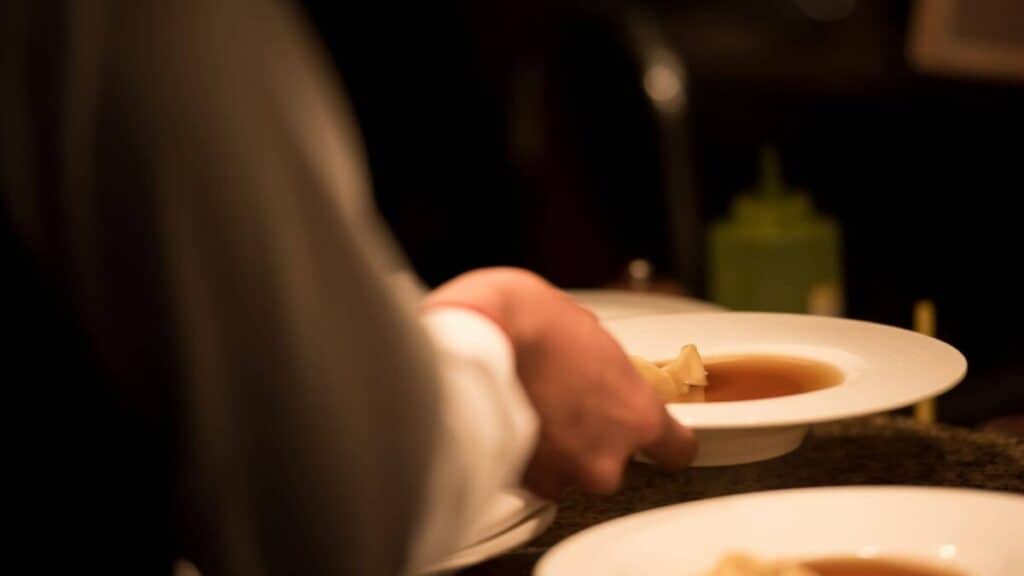
Below are some steps to help you remove the fly from your soup with the best results:
- Send it Back – If you are dining at a restaurant and discover that your soup has a fly in it, call the waiter over. The best move is to politely and quietly explain that a fly is contaminating your dish. More often than not, the staff will bring you a fresh bowl of soup and you can continue enjoying your meal, fly-free!
- Use Your Spoon – If you’re enjoying the soup with a spoon, or any other utensil, carefully lower the spoon into the dish below the body of the fly and then raise it up, scooping the insect and any solid ingredients it may have touched out of your dish. If it establishes peace of mind, you can even wash the spoon before returning it to the bowl!
- Use Your Hands – Some people like to eat their soup simply by slurping it out of a cup or bowl; especially if they’re drinking broth. If there are no utensils handy, using your fingers to extract the fly is a good alternative. Delicately scoop the insect out of the broth without squeezing it to achieve the best results.
Don’t try pouring the soup out, since the fly’s body is light and you’ll probably end up tipping most of your bowl down the drain before the actual fly leaves the bowl.
Instead, follow one of the three above tips and you should have no trouble enjoying the rest of your meal!
Remember, if the psychological effect of knowing that there was a bug in your soup bothers you, there’s no shame in getting a new bowl!
In Conclusion
In conclusion, having a fly in your soup is unpleasant, but not too unhealthy. A fly may carry over 60 types of bacteria and expose your body to parasites, but the good news is, your body’s immune system is capable of handling it!
If you do find a fly in your soup, remember that the enzymes in your digestive system can easily break down not only the fly itself, but the parasites it may have been in contact with. If risking swallowing the fly is too gross, simply remove the fly from your soup or get a new bowl.
Alright, that’s it for this article, here are a few hand-selected articles that you might also find interesting reads:
Is It Safe to Eat Food When a Fly Has Landed on It?Fly in My Cooking Pot – Here’s What To Do Next…
What Will Happen if a Human Swallowed a Fly
Recent Posts
Tiny Black Bugs in Bathroom NO WINGS: What They Are and What to Do!
Finding tiny black bugs in your bathroom can be uncomfortable, to say the least. Especially if they are persistent, or they appear in very large numbers, which they often like to do. When it...
Tiny Black Bugs in Plant Soil - What Are They & What To Do About It
A short horror story: You get a new houseplant. You do your best to take care of it. You’ve ensured that it has the right soil, the right amount of sun, it gets enough water. And then one day, you...

